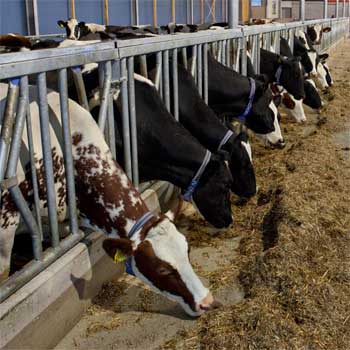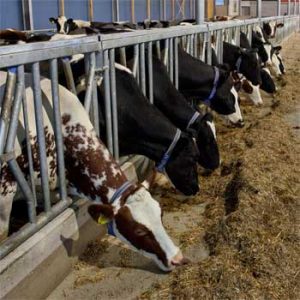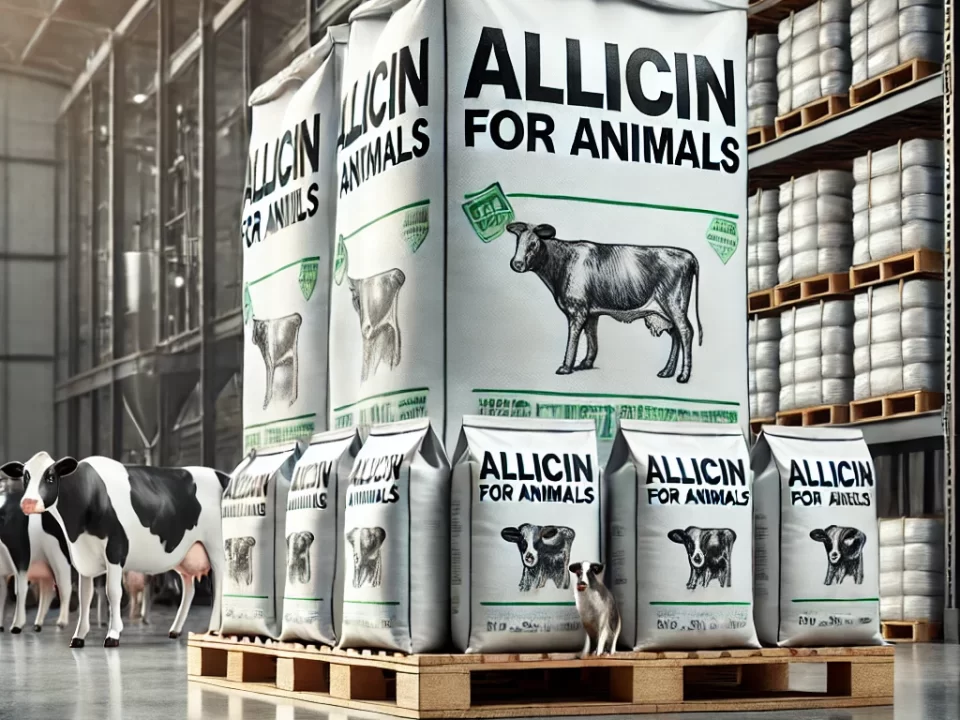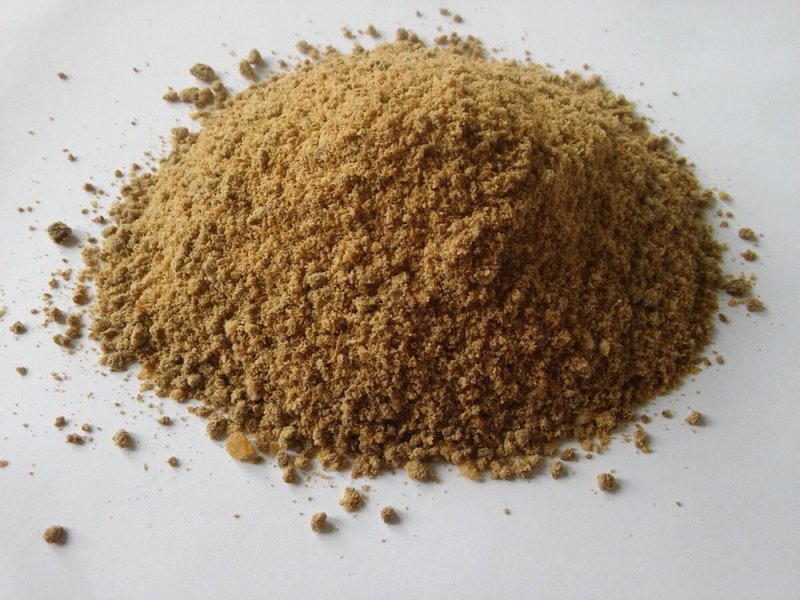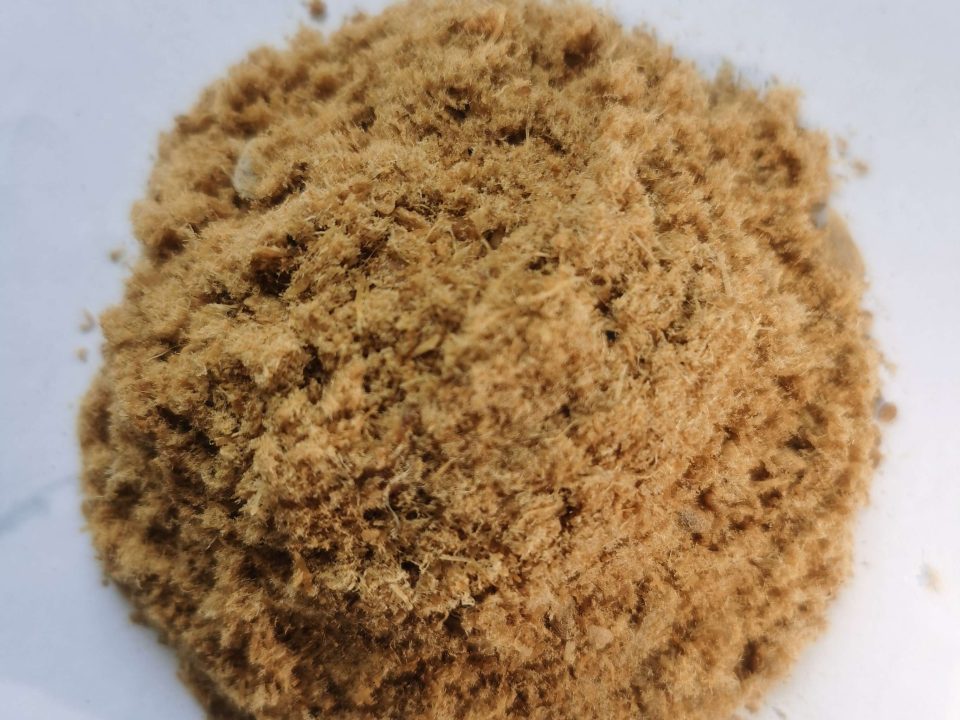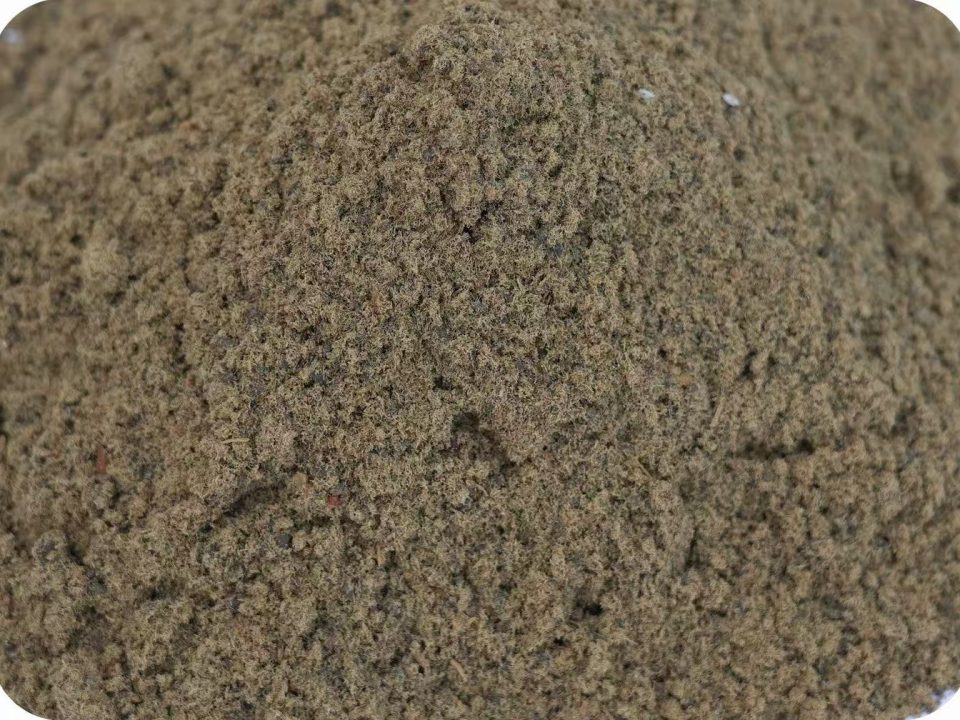Application of feed yeast in animal feed

Feed Yeast animal feed additives, Dry Yeast powder | Feed Ingredients | high active yeast
October 3, 2016
Choline chloride-Indispensable Performance Promoter in poultry
October 12, 2016Application of feed yeast in animal feed
It appears that in cows and other ruminants, feed yeast cultures can help avoid a post-feeding drop in rumin pH.
Much research has actually been performed about using feed yeast in animal production. For each animal species, effects can differ. What is the state of research for numerous animal species? All About Feed dives into the modes of action for livestocks, horses, pigs and buddy animals.
By C Jamie Newbold, Kirsty Dougal and Eric Pinloche, Institute of Biological, Environmental and Rural Science, Aberystwyth University, Aberystwyth, Ceredigion, UK.
As noted elsewhere in this issue, the use of feed yeast in animal feeds has a long history, here an effort is made to detail current publications regarding usage in common animal species and to explore the level to which current advances in our capability to identify and quantify modifications in the digestive microbiome is helping to understand the proper usage and mode of action of these items.
Ruminant nutrition.
Ruminants represent possibly the best-developed market for feed yeast usage. Offered items differ widely in both the pressure of Saccharomyces cerevisiae used and the number and viability of yeast cells present. Not all pressures of the yeast are capable of promoting food digestion in the rumen.
Specific strains of S. cerevisiae can assist avoid the decrease in rumen pH connected with feeding a cereal based diet and this seems related to a reduction in rumen lactate concentrations. Intense rumen acidosis happens when a ruminant consumes a large quantity of rapidly fermented carbs. The microbial modifications in the rumen connected with such an event have actually been imagined as a spiral where the schedule of quickly fermentable carb leads to the production of volatile fatty acids by a large range of rumen micro-organisms with an associated drop in rumen pH, afterwards, in some case, an overgrowth of Streptococcus bovis, assisted in by this organisms ability to uncouple growth from carbohydrate fermentation leads to the fast accumulation of lactic acid and a further drop in pH. As the pH declines lactobacilli start to predominate resulting in a further accumulation of lactic acid and a yet further drop in rumen pH.
However, whilst severe acidosis can, and in cases does, result in death due to associated metabolic acidosis, sub-acute ruminal acidosis (SARA), also referred to as chronic or sub-clinical acidosis, is perhaps a more common, well-recognised digestion condition that is an increasing health issue in most dairy herds. SARA is a disorder of ruminal fermentation that is characterised by extended durations of depressed ruminal pH listed below 5.5– 5.6. As previously, this drop in ruminal pH is a result of the breakdown of dietary carbohydrates especially from cereal grains resulting in the production of unstable fatty acids and lactic acid however unlike intense acidosis the rumen pH does not spiral below pH 5 and indeed might recuperate to above pH 6 latter in the feeding cycle.
Therefore cattle experiencing SARA often do not show any clear overt scientific symptoms with the most typical ­& shy; clinical sign associated with SARA a   lowered or irregular feed consumption.
Recently we have used 16S rRNA to characterise the modification in the bacterial population within the rumen of livestocks fed an acidogenic diet plan supplemented with live yeast. Cannulated lactating cows received a daily ration of corn silage and focuses plus (0, 0.5 or 5g/d) yeast. Samples from the liquid, solid and strong plus liquid phase of the rumen were collected for DNA extraction. The variation in the bacterial ­& shy; neighborhood in between treatments was evaluated using Terminal Constraint Fragment Length Polymorphism (tRFLP) based upon the 16S rRNA gene. There were clear distinctions between samples taken from the liquid stage of the rumen and those taken from the solids, validating previous observations that a special microbial population is attached to feed product in the rumen. It was also obvious that a distinct and various bacterial population had developed in the rumen of the animals getting either 0.5 or 5 g/d yeast.
We therefore even more characterise what these distinctions might be. Recent advances in massively-parallel pyrosequencing have opened up the possibility of sequencing a sector of the 16S rRNA genes from all the bacteria within a sample. Series recognition, task to bacterial phylogenies based upon 16S rRNA series readily available in online databases discovered that Firmicutes representing 50% to 60% of the recuperated series (depending of the treatment), Bacteroidetes (34% to 40%), Proteobacteria (1.2% to 2%), Actinobacteria (0.4% to 1.2%) and Fibrobacteres (0.6% to 1.5%) with 8   minor Phylum (< 0.5%). The relative incident of Bacteroidetes and Proteobacteria decreased in yeast fed   animals; whilst Firmicutes, Fibrobacteres and Actinobacteria increased. When germs were categorized in functional groupings based upon recognized metabolic activity. A significant decline in the taxa working with starch consuming germs (Ruminobacter), proteolytic germs (Prevotella) and a boost in the taxa working with both fibrolytic germs (Fibrobacter, Ruminococcus, Eubacterium) and lactic acid using germs (Megasphaera and Selenomonas) was observed in yeast fed animals.
It appears that in ruminants live cultures of S. cerevisiae can help prevent a post-feeding drop in rumen pH in animals fed concentrate diet plans hence reducing the probability of both sub and scientific medical acidosis, this appear to be due to the ability of the yeast to selectively stimulate the development of lactate making use of Megaspharera and Selenomonas in the rumen.
Equine nutrition.
When subjected to abrupt modifications in diet, horses are incredibly susceptible to gastrointestinal disturbance.
feed yeast items have likewise been contributed to equine diets. Preliminary studies focused on the impacts of yeast supplements on fiber food digestion with statistically significant however little increases being reported. More recently studies have focused on the ability of yeast to avoid digestion upsets. Horses are extremely prone to intestinal disturbance when subjected to sudden modifications in diet plan which can lead to alteration of fermentation patterns and ultimately metabolic disorder.
Colic and laminitis frequently occur with colic being the greatest cause of mortality in the horse. The frequency of laminitis in the UK is improperly documented however in between 0.5 and 3% of the equid population has actually been reported as struggling with the condition. When horses are challenged by the sudden incorporation of high levels of soluble carbohydrate in the diet (e.g. starch from grain or fructans from pasture) normal enzymatic breakdown in the little intestine is overloaded and large quantities of readily fermentable starch/sugar pass to the large intestinal tract where microbial fermentation happens. Rapid fermentation accompanies a quick build-up of lactic acid producing germs such as Lactobacilli and Streptococci occurring within hours throughout laminitis and some types of colic. High quantities of lactic acid and gas are produced triggering a rapid drop in hindgut pH and death/suppression of the regular fiber degrading bacteria. These events are thought to contribute to impaction colic due to excess gas build-up integrated with dehydration of digesta and laminitis due to endotoxin release when gram unfavorable bacteria lyse and amine production by the all of a sudden plentiful lactate producing bacteria.
In 2002, Medina and others reported that lactic acid levels were lower and caecal pH greater in horses fed a high starch diet plan supplemented with live yeast. While Hale and Hemmings, 2013, have recommended that yeast supplements slows starch fermentation in the gut of horses vulnerable to digestive upset. In-depth studies on the microbiome of the equine gut are simply beginning to appear, e.g. Dougal and others in 2012, and as yet no in-depth pyrosequencing research studies on the effect of yeast supplements on the digestive microbiome have actually been released. Brown and others, have this year presented real time PCR based data suggesting that numbers of carbohydrate fermenting lactic acid producing germs in faeces decreased when yeast was added to the diet of horses challenged with high concentrate diets.
The mode of action of yeast in pigs appears to differ from that reported for horses and ruminants.
Porcine nutrition.
feed yeast items have actually also been used in pig nutrition, nevertheless the mechanism of action appears to vary from that reported above for ruminants and equids. Studies have actually concentrated on immunostimulation (in the sow or piglet) and pathogen avoidance instead of on efficiency. Recent studies have actually shown increases in immunoglobulins in sow milk and minimized diarrhoea in the piglets and minimized weaning to oestrus intervals in plants.
Pathogen obstacle trials have actually demonstrated binding of E. coli to yeast cell walls, lowering diarrhoea in piglets following E. coli difficulty and a reduced death following endotoxin difficulty. Just limited research studies have examined performance responses and although comprehensive studies on the porcine gut microbiome have actually been reported, studies examining the effect of feed yeast appear to date to have actually used just relatively low resolution approaches.
Studies on the results of feed yeast in companion animals are still in their infancy.
Companion animal nutrition.
Studies on the impacts of feed yeast in buddy animals (cats and pets) remain in their infancy. A number of studies have actually been published on yeast as a source of active compounds rather than the feed yeast activity itself (mannan, glucans, proteins, nucleotides) or yeast cell walls. In 2013, Beloshapka and others, utilized 454 pyrosequencing to examine the result of yeast cell walls on the intestinal tract microbiome of canines and we have actually recently completed a study to investigate the impact of feed yeast on the digestive microbiome of cats fed a high fibre diet plan.
Altering bacterial populations.
In conclusion, using contemporary molecular techniques has actually shown that yeast not just promotes bacterial activity in the gut of animals however also alter the structure of the bacterial population. We believe that such techniques will speed up efforts to assist comprehend where when feed yeast probiotics can be used to enhance ­& shy; animal health and productivity.
It appears that in cows and other ruminants, feed yeast cultures can help avoid a post-feeding drop in rumin pH.
Much research has been carried brought about the use usage feed yeast in animal production. Recently we have utilized 16S rRNA to characterise the modification in the bacterial population within the rumen of cattle fed an acidogenic diet plan supplemented with live yeast. Studies on the effects of feed yeast in companion animals (pets and cats) are in their infancy. A number of research studies have actually been released on yeast as a source of active substances rather than the feed yeast activity itself (mannan, glucans, proteins, nucleotides) or yeast cell walls. In 2013, Beloshapka and others, utilized 454 pyrosequencing to examine the impact of yeast cell walls on the digestive tract microbiome of pets and we have recently completed a study to examine the impact of feed yeast on the intestinal microbiome of felines fed a high fiber diet.


